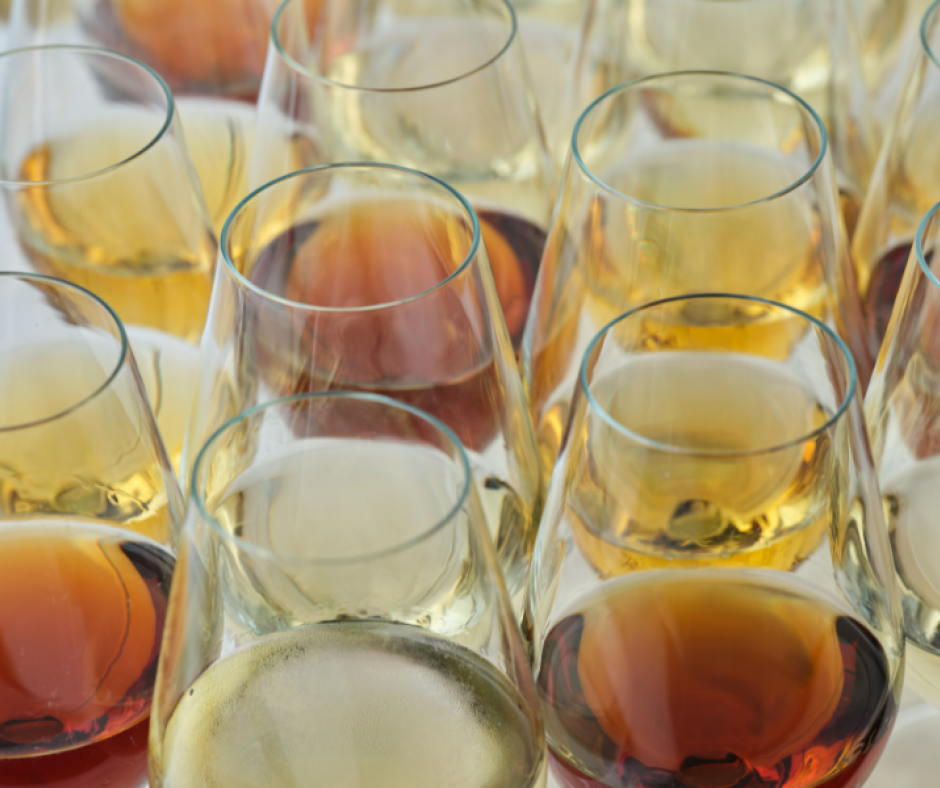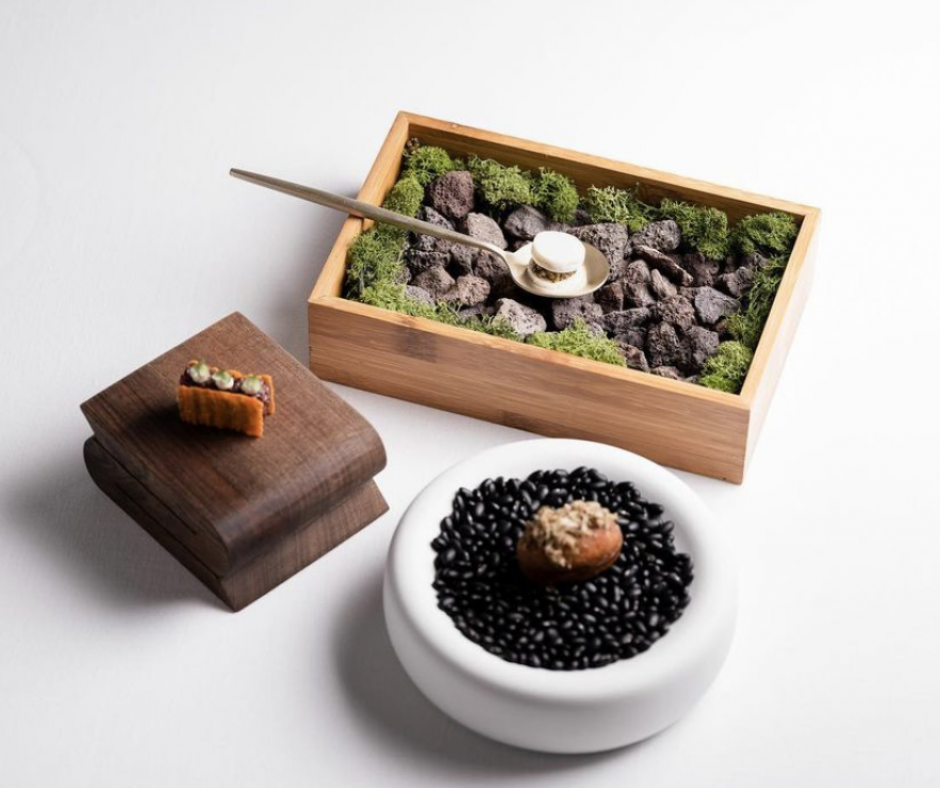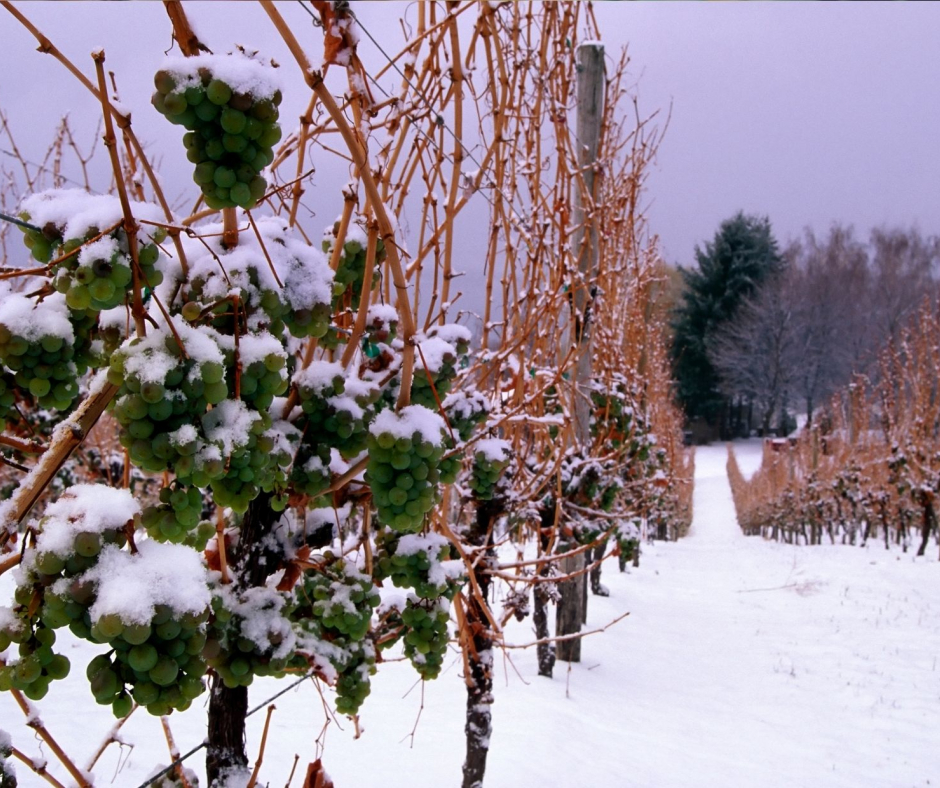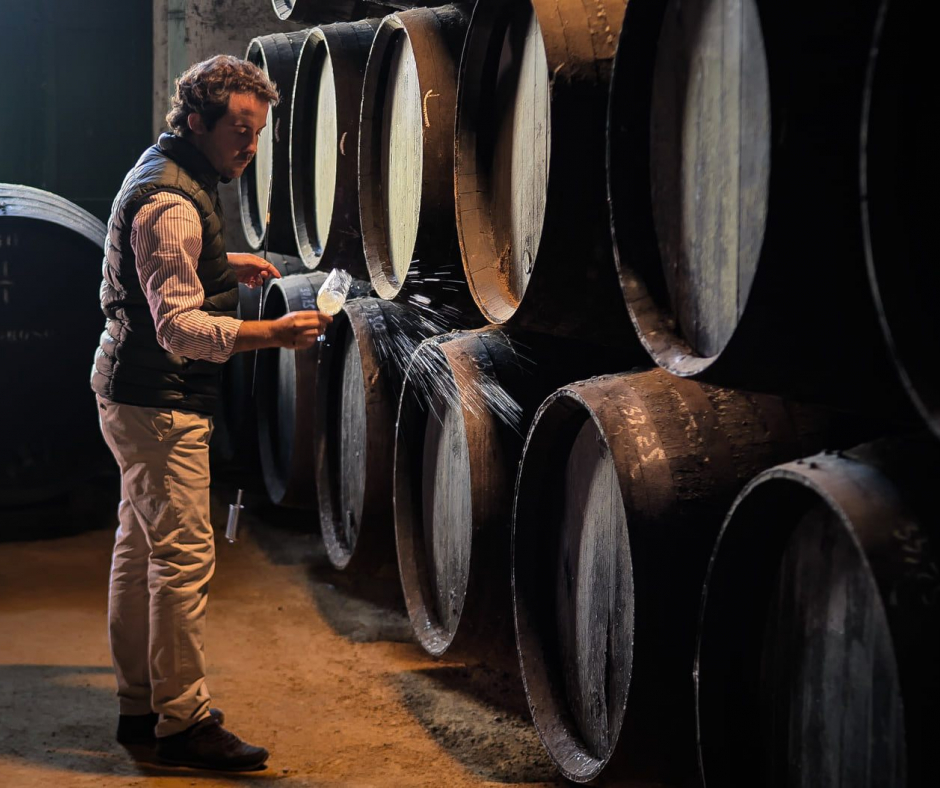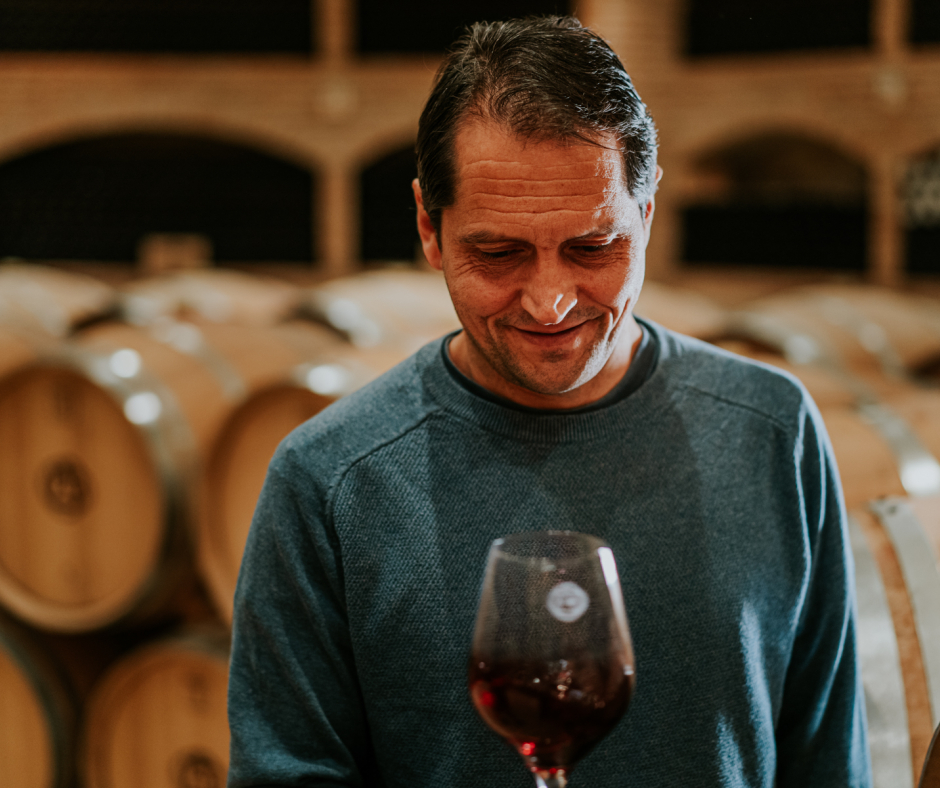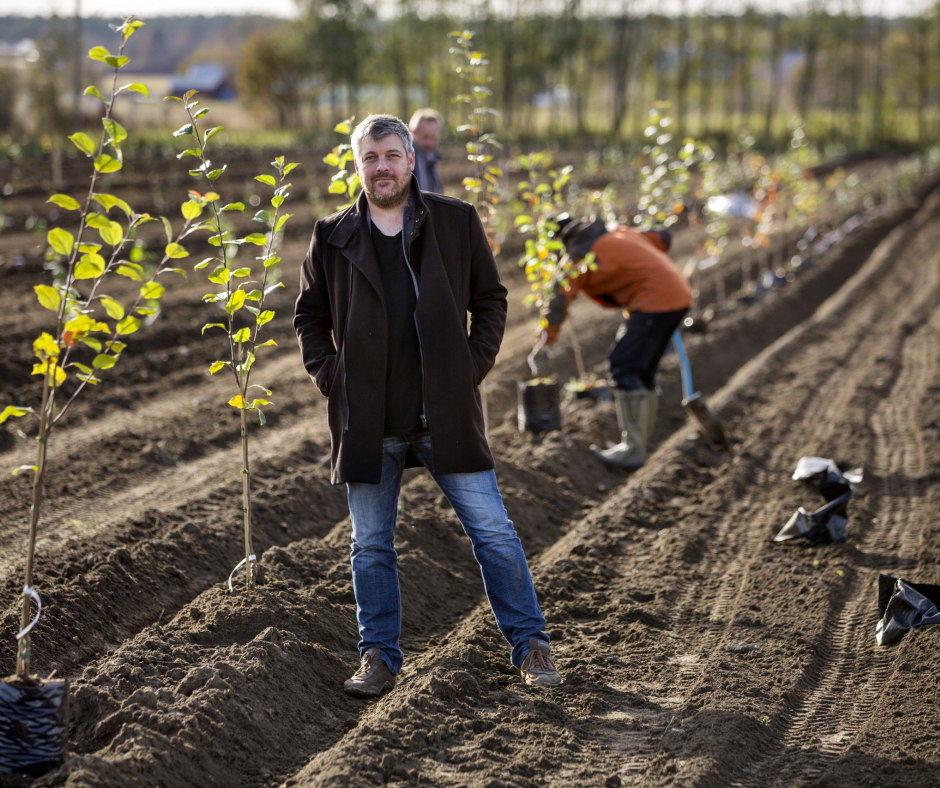The word “alcohol” derives from the Arabic “al-kohl” which was originally a mixture of alcohol and antimony in powder form used as a cosmetic for the eyes. It was the Moors who introduced the art of distilling to Spain sometime before 900 AD, but it was generally practised in the search for medicines and perfumes. The Valencian doctor Arnaldo de Vilanova wrote the first treatise on distilling in around 1300 and the practice began to spread.
The abundance of vineyards in Andalucía offered a useful liquid to distil and it didn’t take very long for people to realise the result could be drunk. Wines had been exported from the Jerez area since at least the early XIV century, and as trade grew during the middle-ages, so did the problem of spoilage since it took weeks for the wine to reach its destination, mostly northern Europe. The answer was to add a little alcohol.
It was soon found that the alcohol could be used to make different styles of wine. Adding it after fermentation simply made the wine stronger, but if sufficient were added to unfermented grape juice it would prevent fermentation leaving a sweet alcoholic juice, and if added during fermentation, it would leave a wine with a considerable though the lesser amount of residual unfermented sugar. The timing of fortification is thus very important. The type of alcohol used is also important. It must be as pure as possible, distilled from wine, but not aged, to avoid adding any flavouring to the wine.
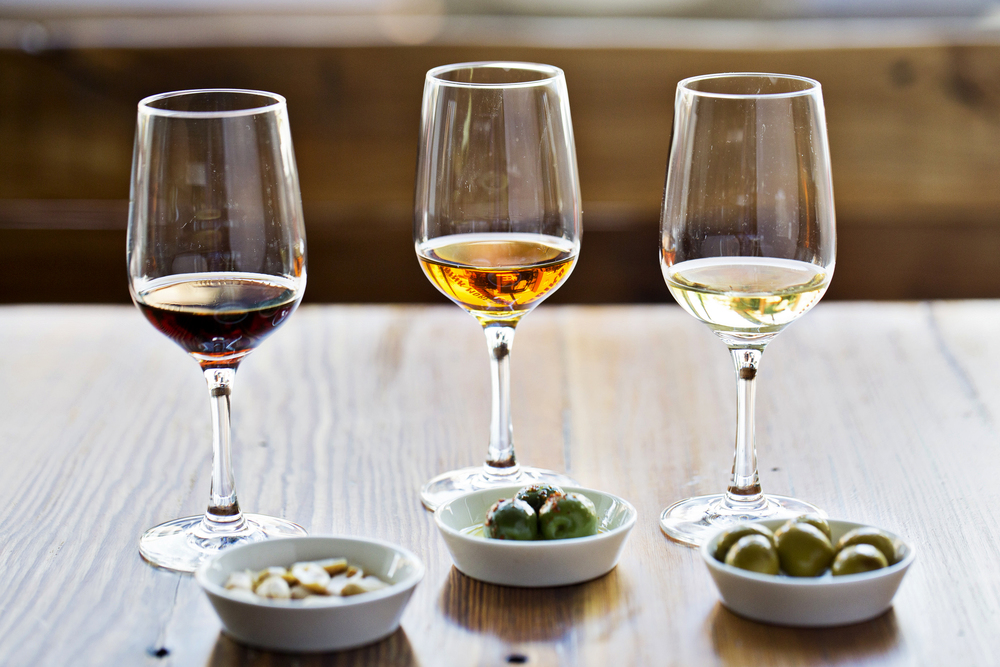
In the Sherry zone, the newly fermented wine is fortified to 15° which is the ideal strength to protect the wine from bacteria yet still allow the flor yeast to do its work on Finos and Manzanillas. The addition of alcohol can produce yet more styles of wine, however. After suitable ageing under flor yeast, and given the suitability of the particular wine, Palo Cortado is produced by killing off the yeast after a few months of ageing and allowing the wine to age oxidatively, giving it more Oloroso character yet still with intriguing hints of the ageing under flor. In the case of Amontillado, the alcohol is added after a few years, and a typical example might have roughly equal periods of ageing with flor and without, giving a crisper style. Oloroso has little or no flor and is fortified to 18° and allowed to age completely oxidatively.
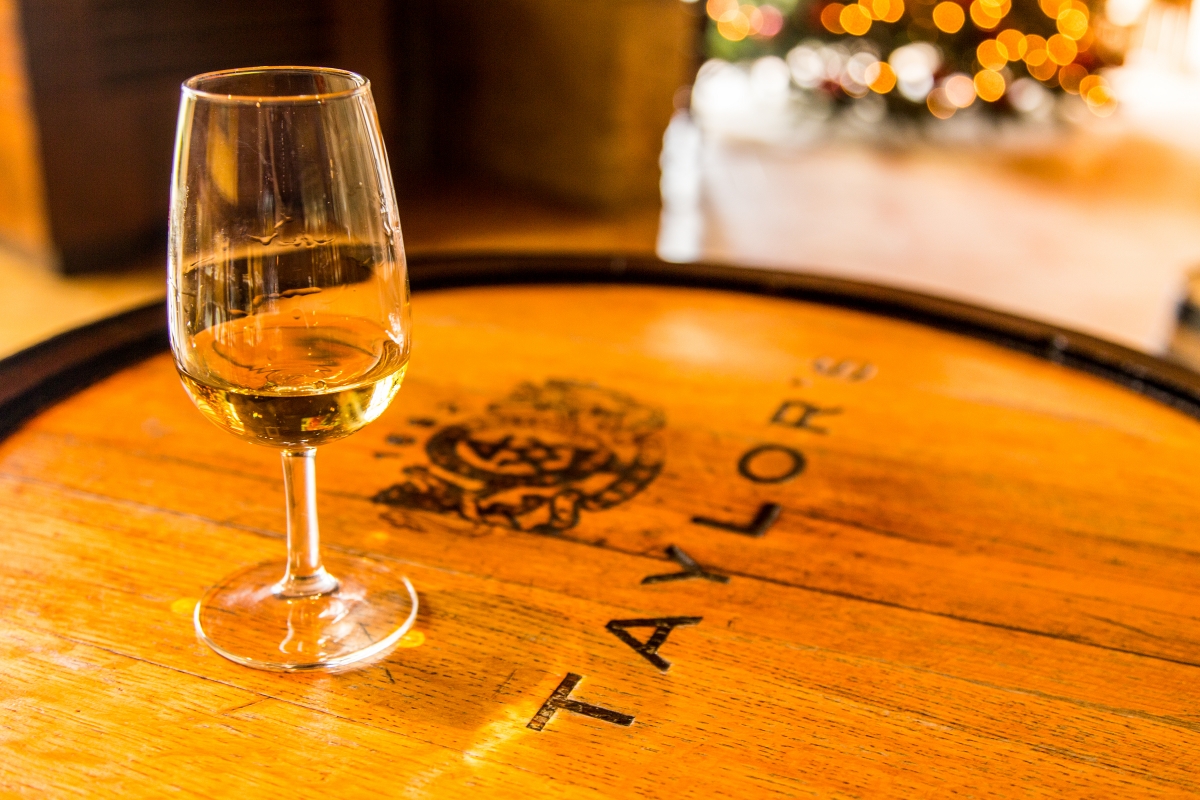
The Port wine of the vineyards upstream from Oporto on the river Douro was originally an unfortified dry, mostly red wine but by the mid-XVI century alcohol was being added. At first, the process was clumsy as it was important to do it with the right quantity (approximately 1 litre of alcohol to 4 of must) and at the right stage of fermentation (at around 6°of alcohol). Around 1780 the tall round Port bottle was designed allowing the wine to be laid down for maturation and the development of Vintage Port. The rest is aged in 550-litre oak “pipes” and known as “Wood Port”.
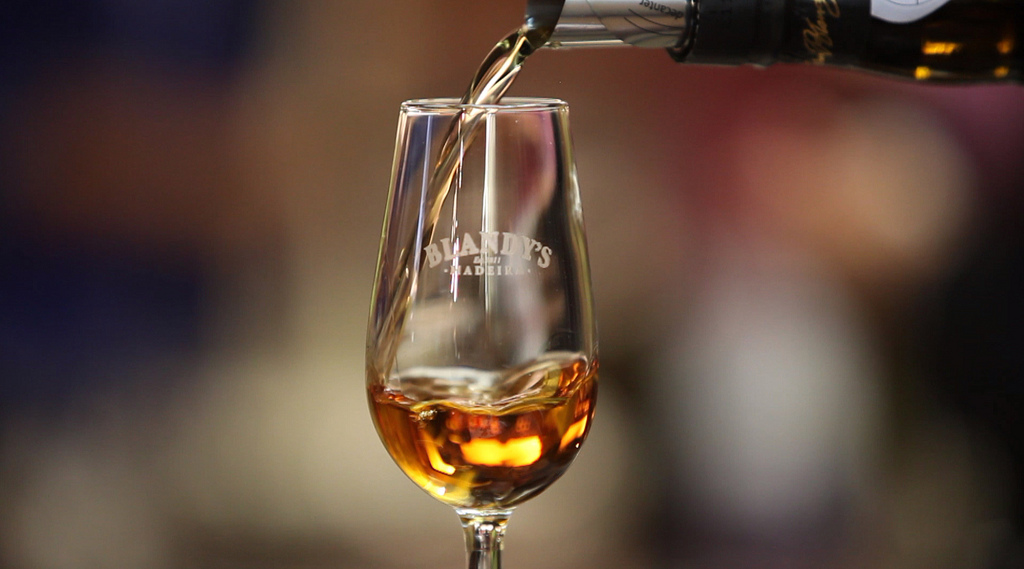
The island of Madeira was discovered in the early XIV century and was colonised by the Portuguese, who soon introduced vines. By the mid-XVIII century most wine was being fortified, originally after fermentation but later at different stages to produce drier or sweeter styles. As most Portuguese colonies were in the southern hemisphere, wine shipments had to cross the equator and it was soon observed that a lengthy sea journey improved the wine. The system of “estufagem” or heating the wine began at the end of the XVIII century to replicate that effect on land. This may account for Madeira’s extraordinary longevity.




